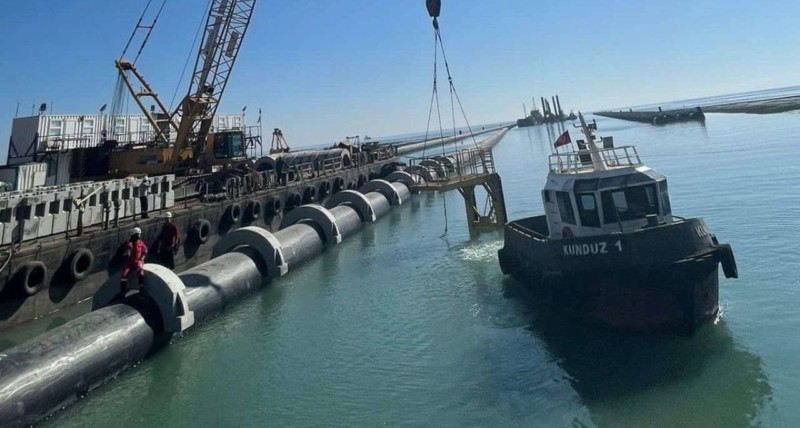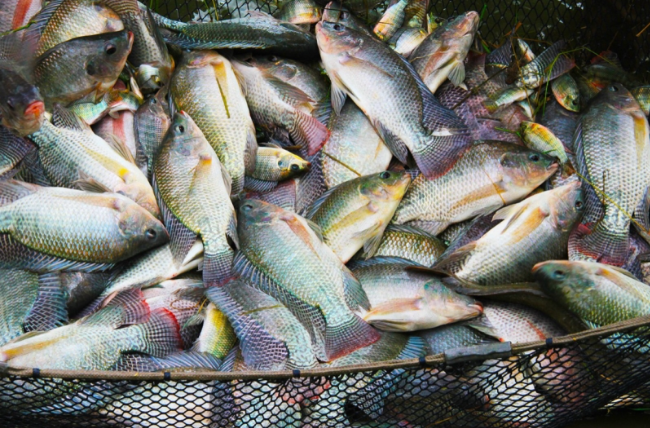The company, specialized in studying the biodegradability of plastics, is getting ready to open its brand-new laboratory in Banyuls-sur-Mer. Co-founded by Leïla Meistertzheim, the company is working on establishing a hub dedicated to the Blue Economy.

« This marks the first site of the blue biotechnology hub, » states Leïla Meistertzheim as she presents the brand-new laboratory of her company, Plastic At Sea (formerly Plastic@sea, which was deemed sometimes difficult to pronounce).
This new 150 m² laboratory is located right on the port, discreetly integrated just in front of the oceanographic laboratory. Designed with all environmental constraints in mind, the seawater used to test the biodegradability of plastics—Plastic At Sea’s core mission—is discharged back into the sea cleaner than when it was drawn, thanks to rigorous filtration processes. The facility offers multiple distinct workrooms and dedicated spaces for long-term experiment monitoring.
Built by the municipality of Banyuls at a cost of €380,000 and leased to the company, the lab is currently being outfitted and is set to be inaugurated next February after more than a year of construction. This site will also be open to other researchers and companies who can utilize its technical platforms following veterinary protocols. Representing an additional €380,000 investment for Plastic At Sea, the laboratory will enable the company to double its research space while freeing up two labs still housed within the incubator of the oceanographic laboratory.
Advancing Knowledge
This expansion reflects the importance and relevance of Plastic At Sea’s research. Testing materials and their biodegradability is crucial for making informed decisions about the future. Currently, 95% of the company’s clients are private entities seeking studies on biodegradability and material toxicity. The remaining 5% are local governments, primarily interested in quantifying plastic pollution.
Plastic At Sea’s work has also challenged some common misconceptions. “The priority is to ban all single-use plastics, which have destructive effects on the environment and human health. We ingest them, and they are found in our blood, brain, and placenta, » Meistertzheim explains. « For durable materials, biosourced plastics can last a very long time. But biosourced is not always good. The natural or synthetic origin of plastic has nothing to do with its end-of-life; it’s the chemical process of manufacturing that determines whether it’s biodegradable. Overreacting is not the solution. For example, metals can sometimes have a greater biodegradability impact than conventional plastics. At sea, immersed plastics sometimes have less impact than metals, which is counterintuitive. »
According to Meistertzheim, the biodegradability of materials at sea is the same as on land, but the reverse is not true. The biodegradability of a material on land differs from that observed in the ocean. “The important thing isn’t plastic recycling—it’s biodegradability,” she asserts. “Half of the plastics collected for recycling are lost. Some cities have addressed this by implementing waste bins based on biodegradability.”
Growth and Impact
Plastic At Sea currently employs 15 full-time equivalent staff and plans to hire three more people this year. In 2024, the company achieved €1 million in revenue, a 28% increase compared to the previous year.

A Blue Economy Hub in the Making
Plastic At Sea, the organization behind the Blue Tech Show—a trade fair dedicated to the Blue Economy—continues to work on establishing a local hub for this emerging sector.
“We need to bridge research, economy, and enterprise,” states Leïla Meistertzheim. As part of this initiative, plans are underway to create a laboratory and a business center in Banyuls, within the Bartissol space. The hub could also expand to include a site in Canet, focusing on nautical activities, and another in Argelès, addressing other themes.
“We need to align with a territorial project, creating a hub with several blue biotechnology companies, supported by a platform that brings together private entities,” she adds. The aim is to pool resources, including technical facilities from the laboratory and other sites, to foster collaboration.
“We must find ways to develop applied sciences. Time is running out—we’re facing urgent challenges when it comes to preserving biodiversity,” Meistertzheim emphasizes.
Source: lasemaineduroussillon



